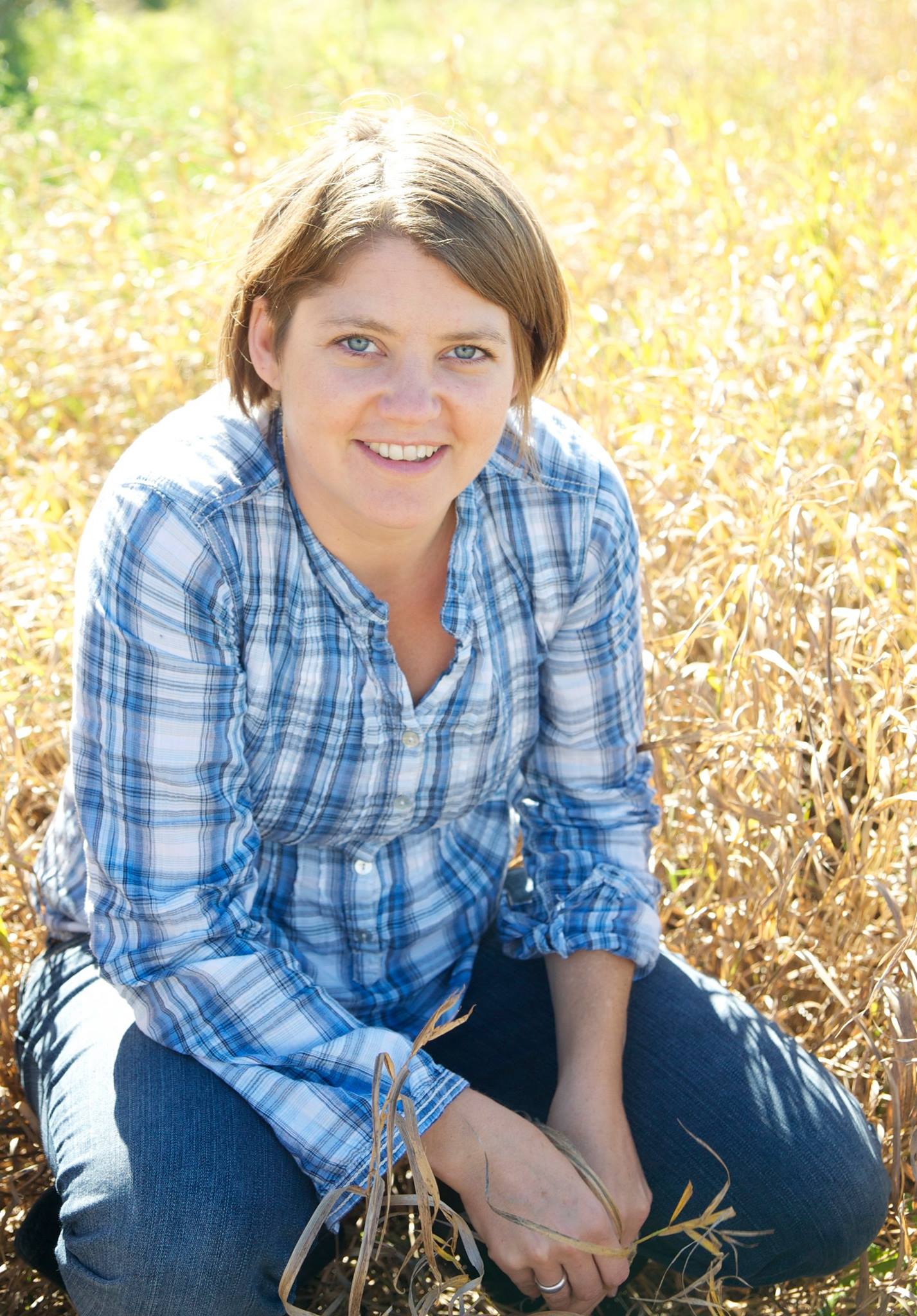



AASV: The 2050 Challenge
How do we satisfy global demand for animal protein without depleting our natural resources?Part of Series:
< Previous Article in Series Next Article in Series >
It’s not done growing, though. By the time he’s an old man, the world’s population is expected to reach 9.5 billion. Mitloehner spoke at the American Association of Swine Veterinarians (AASV) conference, held virtually this year, to discuss how we’re going to feed 9.5 billion people using Earth’s limited natural resources.
In order to better understand the challenge, Mitloehner first looked at population trends in both developed and developing countries. Population in the developed world has pretty much plateaued, he said, while growth in the developing world is expected to continue. The human population in Asia, a region that already contains more people than the rest of the world combined, is expected to grow by another 40 percent. Africa, he said, is expected to grow by 50 percent; in some nations, human population is expected to increase more than 100 percent. Populations in the Americas will remain stable, and Europe’s population is expected to shrink slightly.
While populations continue to grow, arable land remains stable and will not increase by the same amount as the population. There’s still a lot of modular land available for ruminant production. Ruminants, said Mitloehner, could satisfy some of the nutritional needs of humans.
Looking closely at production figures on dairy farms, Mitloehner pointed out that milk production per cow is lower in developing nations, which means they carry a larger carbon footprint. The same is true in pig production, he said.
“There are pigs that produce very, very little, and those are the ones with the highest carbon, water and land footprint in the world,” said Mitloehner.
In fact, the Intergovernmental Panel for Climate Change suggests that 70–80 percent of the world’s environmental footprint of livestock occurs in developing countries. Minimizing the carbon footprint of livestock production in developing nations could have a huge impact, especially as the bulk of the world’s livestock is raised in those regions. While the United States is home to some 9 million dairy cows, there are 300 million dairy cows in India alone.
“They could produce the same amount of milk as they do with 300 [million] with 30 million if even moderate improvements of performance were achieved,” said Mitloehner.
Pig producers, globally, could make similar strides, especially in countries like China where pre-weaning piglet mortality is a staggering 40 percent. In a country that produced, on average, a billion pigs a year (before African Swine Fever), some 400 million never make it to the market. Increasing herd size is not the solution, said Mitloehner, and neither is veganism.
An omnivore turned vegan has very little impact on their overall carbon footprint, he said. Numbers show that going vegan for a year could potentially reduce 0.8 tons of greenhouse gases – less than one trans-Atlantic per passenger.
“If we as a nation were to go meatless one day, we would reduce the carbon footprint of the U.S. by 0.3 percent,” said Mitloehner. “Can we eat our way out of climate change? In no way, Jose.”
“What causes human activities to change climate are, by and large, the use of fossil fuels – that’s oil, coal and gas use, and combined across sectors,” he added.
Along with reducing dependence on fossil fuels, Mitloehner suggests we focus our energy on improving reproduction, veterinary care, genetics and nutrition, especially in developing nations where overall production is less efficient. He also suggests addressing at-home food waste in developed nations, and farm-level, post-harvest food losses in developing nations could go a long way in feeding the world’s growing populations.
“Without this, we will not be able to feed these people,” said Mitloehner.












